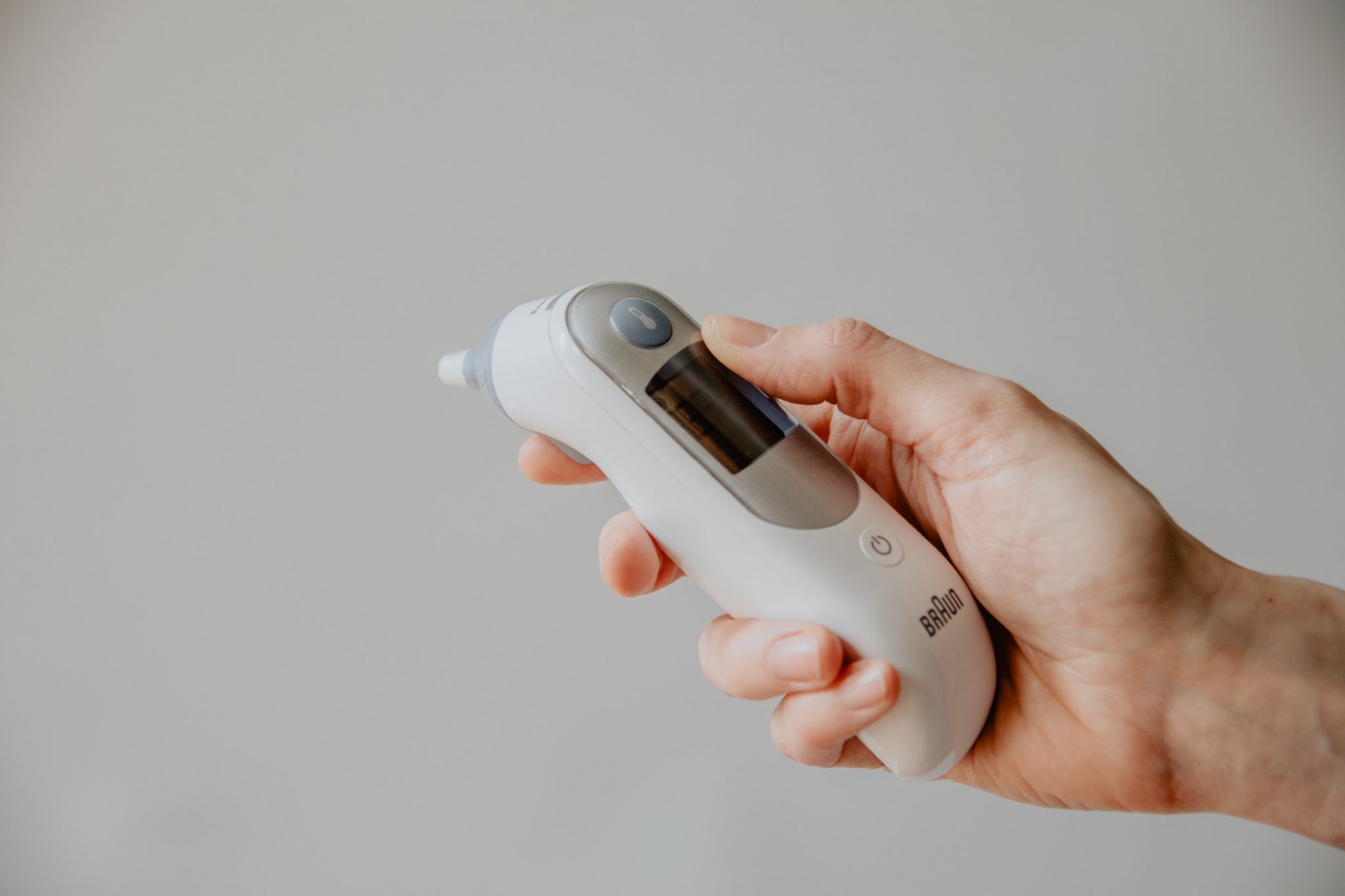The Future of Health Care: Remote Person Keeping An Eye On Streamlined
As healthcare continues to progress, one location that holds tremendous guarantee is remote individual surveillance. The principle of streamlining this process through technological innovations is improving the way care is provided and obtained. With an emphasis on boosting patient outcomes and improving health care distribution, remote surveillance is positioned to revolutionize the industry. By exploring the advantages, technological advancements, and future fads in this area, we can obtain beneficial insights into the transformative potential of remote patient monitoring.
Benefits of Remote Person Surveillance
Remote client surveillance presents a wide variety of advantages for both healthcare carriers and clients alike. In addition, remote patient tracking boosts the overall high quality of treatment by giving a more holistic and extensive sight of people' health condition past typical in-person visits.
Furthermore, remote individual tracking can cause improved individual outcomes and contentment. Individuals can enjoy the ease of obtaining care in the comfort of their very own homes while still recognizing that their wellness is being very closely monitored. This can result in increased client engagement and adherence to treatment plans, ultimately resulting in better health outcomes. Additionally, remote monitoring can decrease the need for frequent medical facility gos to, lowering healthcare costs for both patients and providers. Overall, the benefits of remote individual tracking are clear, making it an important tool in modern-day medical care shipment.
Modern Technology Driving Remote Tracking
In the world of contemporary healthcare, technical developments play a pivotal function in driving the evolution and efficiency of remote patient surveillance. The integration of cutting-edge technologies such as wearable tools, mobile applications, and cloud-based platforms has actually transformed the means healthcare suppliers remotely check and handle person health - remote patient monitoring software. These innovations make it possible for continuous real-time tracking of essential signs, medicine adherence, and various other vital health and wellness information, allowing for timely treatments and individualized care plans
One secret modern technology driving remote surveillance is the Internet of Things (IoT), which allows smooth connection in between medical devices and health care systems. IoT gadgets such as smartwatches and cordless sensing units transmit and gather individual information to central systems, promoting remote monitoring from anywhere in the world. Expert system (AI) and maker discovering formulas better boost remote surveillance by assessing vast quantities of patient information to detect patterns, predict health trends, and sharp medical care providers to possible issues.
Impact on Healthcare Delivery
With the integration of innovative modern technologies driving remote person surveillance, the influence on health care delivery is coming to be transformative and progressively profound. Remote patient surveillance permits doctor to use more proactive and tailored treatment to patients, causing boosted wellness outcomes and minimized healthcare facility admissions. By from another location tracking crucial indications, signs and symptoms, and medication adherence, health care professionals can step in early, stopping problems and enhancing the overall high quality of treatment.
Additionally, remote monitoring boosts access to medical care services, specifically for individuals in underserved or rural locations. Clients can obtain constant surveillance and support from their homes, removing the need for constant in-person check outs. This not just saves time and lowers costs for both individuals and healthcare facilities yet also lessens the risk of exposure to transmittable diseases, a vital consideration in the present medical care landscape.
Additionally, remote client surveillance enables doctor to better designate sources and prioritize care based on real-time information. By recognizing high-risk clients and stepping in without delay, healthcare shipment ends up being extra efficient and efficient, inevitably leading to a more sustainable and patient-centered health care system.
Improving Patient Results

Furthermore, RPM enables proactive management of persistent problems, minimizing the probability of severe exacerbations and medical facility readmissions. Clients benefit from increased ease and convenience, as they can get care in their very own homes while remaining linked to their doctor. This continual tracking not only enhances person fulfillment but likewise fosters a feeling of empowerment and involvement in their own health monitoring.
Future Trends in Remote Tracking
Embracing sophisticated innovations in remote patient surveillance is shaping the future landscape of healthcare shipment. The future trends in remote surveillance are expected to change the method healthcare is given, making it much more reliable and patient-centric. One significant pattern is the increased use wearable devices and sensing units to collect real-time information, allowing healthcare providers to keep an eye on people constantly without the requirement for constant in-person visits. These devices can track vital signs, medication adherence, and task levels, offering a detailed view of the individual's health status.

Additionally, telehealth systems are coming to be more advanced, enabling for digital consultations, remote diagnosis, and remote individual checking all in one integrated system (remote patient monitoring platform). This holistic approach to remote tracking is enhancing health care distribution, boosting person satisfaction, and ultimately, improving overall quality of care
Conclusion
Finally, remote client tracking provides various advantages in healthcare delivery, driven by developments in innovation. It has the prospective to enhance client outcomes and revolutionize the way healthcare is supplied. Future fads in remote surveillance will certainly proceed to shape the landscape of healthcare, providing possibilities for even more individualized and effective patient treatment.
Remote individual tracking presents a multitude of advantages for both medical care service providers and people alike. Furthermore, remote client surveillance improves the overall top quality of treatment by offering an extra all natural and detailed view of individuals' health and wellness standing beyond traditional in-person brows through.
Additionally, remote patient surveillance can lead to improved individual outcomes and contentment. Remote client surveillance enables medical care companies to offer more aggressive and customized treatment to patients, leading to enhanced health results and lowered medical facility Get the facts admissions. Remote individual surveillance (RPM) plays a significant function in boosting client results by giving continuous, real-time information that makes it possible for healthcare service providers to intervene immediately and readjust treatment plans as required.